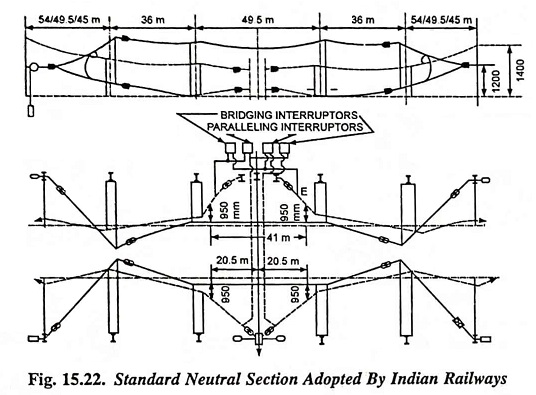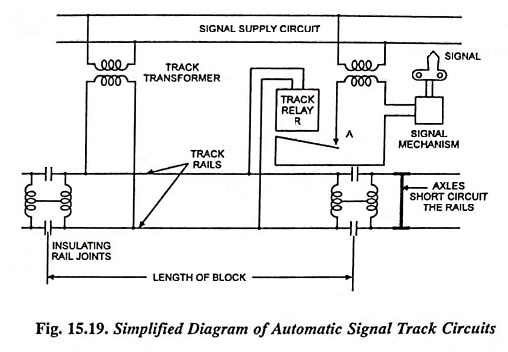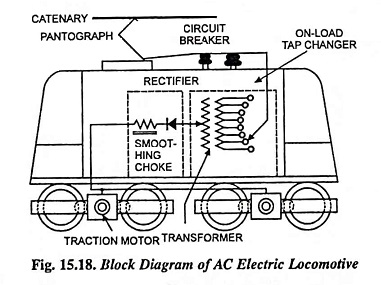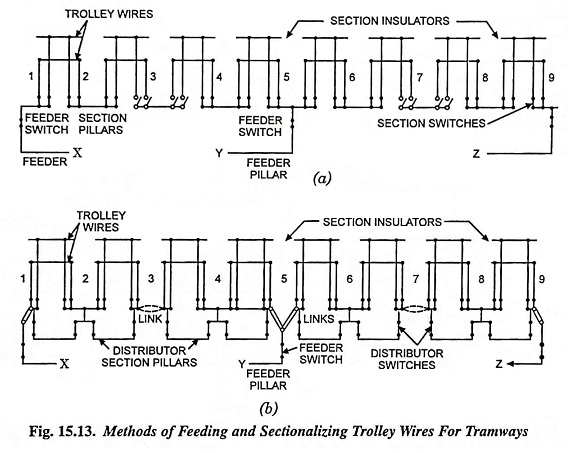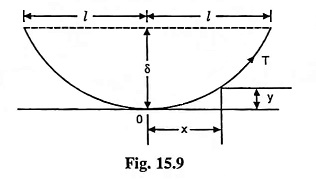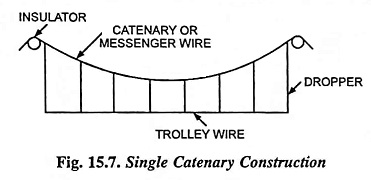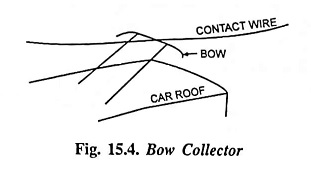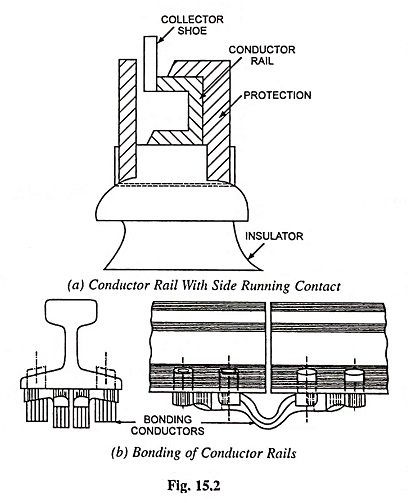Overhead Equipment in Electric Traction Systems
Overhead Equipment in Electric Traction Systems: Simplest type of overhead equipment in electric traction systems consists of a single contact wire supported either by bracket or by overhead span. The maximum distance between two consecutive…
